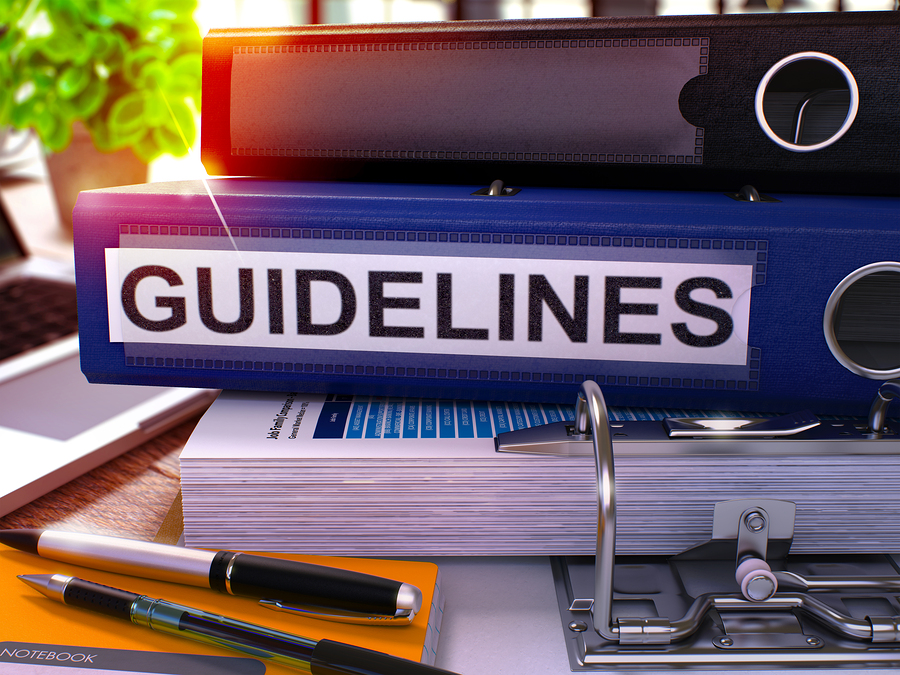UK Crisis Grows Over Pregabalin Misuse
/By Pat Anson, PNN Editor
Nearly 3,400 people in the UK have died from overdoses involving pregabalin in the last five years, according to an investigation by The Sunday Times.
One of them was a young man named Alex Cottam, who spiraled into drug abuse, addiction and a fatal overdose after he started taking pregabalin for anxiety and depression.
“It’s hard to imagine somebody’s whole life revolved around a pill, but it did,” said Cottam’s mother, Michelle. “It completely changed him, like it was an obsession.”
The Sunday Times’ story about Cottam and other pregabalin users sparked a frenzy in British tabloids about the growing misuse of the drug.
“Our Pregabalin nightmare” was the headline in the Daily Mail, which shared the story of a woman with arthritis who said she “felt like I was losing my mind” after taking the drug for six months. Another woman told the tabloid she began seeing “dead people” within 30 minutes of her first dose.
In a first-person account published in The Telegraph, Miranda Levy wrote about the severe withdrawal she experienced when she stopped taking pregabalin for depression.
“First came the pins and needles, closely followed by the sweating,” said Levy. “Add to this the progression of unremitting nausea, retching, diarrhea, jitteriness, dizziness so bad you can’t stand up and the feeling you’re about to die.”
Pregabalin – commonly known as the brand name Lyrica -- was never intended to treat anxiety, depression or arthritis. It was originally developed as an anticonvulsant that was first approved by the FDA in 2004 as a treatment for epilepsy. Since then it has been prescribed for dozens of painful conditions such as fibromyalgia and diabetic neuropathy, and is sometimes hailed as a “wonder drug” that is safer than opioids.
Pregabalin has helped some pain patients, but for many it’s also had severe side effects such as fatigue, insomnia and cognitive decline. Margaret Heath started taking pregabalin two years ago for Complex Regional Pain Syndrome (CRPS) and says it ruined her life.
"I've been on every type of morphine you can be put on... this is by far and away the worse drug to be on. It's worse than fentanyl. There is absolutely no comparison with the viciousness of the withdrawal of pregabalin," Heath told LBC News. "There would be days where I would not be able to do anything except lie there... it was debilitating."
Nearly nine million prescriptions for pregabalin were written in the US in 2021, the last year for which data is available. A similar number were written in England and Wales the following year, despite growing concerns in the UK that pregabalin is being misused to boost the euphoric effects of other drugs.
Pregabalin has become so popular with illicit drug users that it frequently appears in overdose toxicology reports. The number of fatal overdoses in the UK involving pregabalin has risen by nearly 11,000% since 2011, followed by a 3,275% increase in gabapentin-related drug deaths.
UK Drugs With Biggest % Increase in Deaths (2011-2022)
DAILY MAIL GRAPHIC
Pregabalin and gabapentin (Neurontin) belong in a class of nerve medication known as gabapentinoids. Their mechanism of action – how they affect the brain and central nervous system – is still unclear two decades after their medical use was approved.
The UK drug statistics are mirrored in a recent analysis of drug tests in the US, which found gabapentin in over 13% of urine samples that tested positive for fentanyl. That’s about twice the number of drug tests in which prescription opioids were found.
Just because a drug is “involved” in an overdose or appears in a drug test doesn’t necessarily mean that drug caused the overdose or is a red flag for addiction. But experts say its long past time for doctors to be more careful about prescribing pregabalin, and to warn patients about potential side effects and the risk of withdrawal.
“How can there be rising deaths from pregabalin and a huge explosion of prescriptions, with all these troubles, and yet doctors are using this drug to treat anxiety?” asks Dr. Mark Horowitz, a clinical research fellow at the UK’s National Health Service.
“Doctors are selling cars without brakes,” Horowitz told The Sunday Times. “It boggles the mind when a drug is showing all these dangers to then use it on a wider variety of people.”












